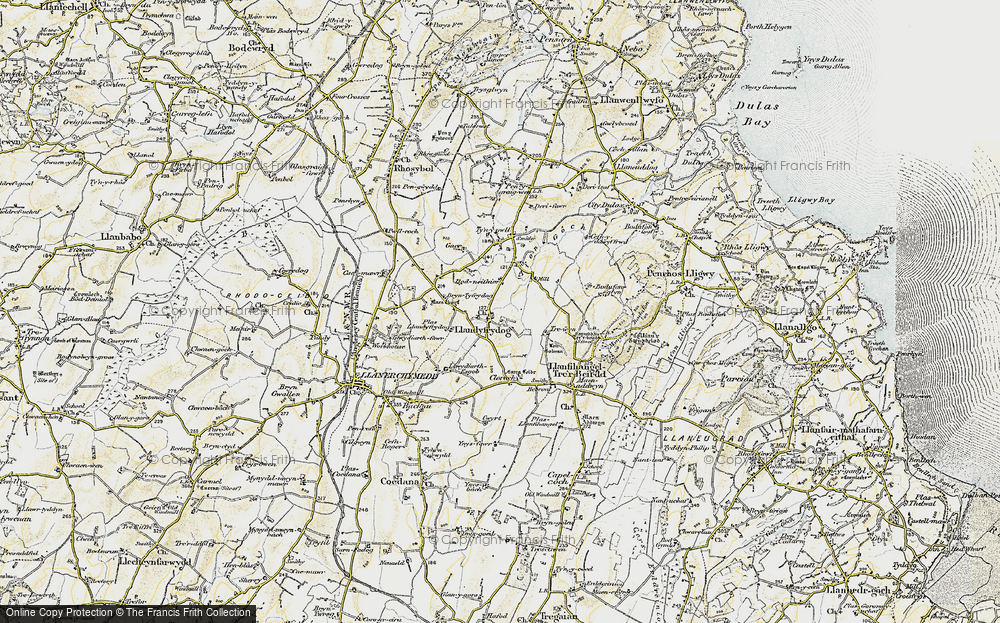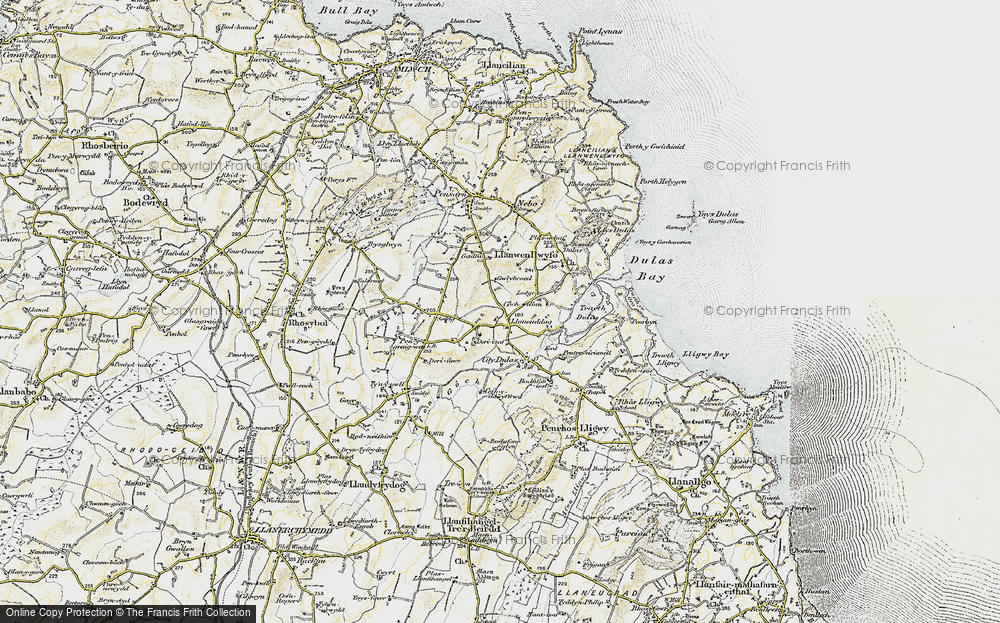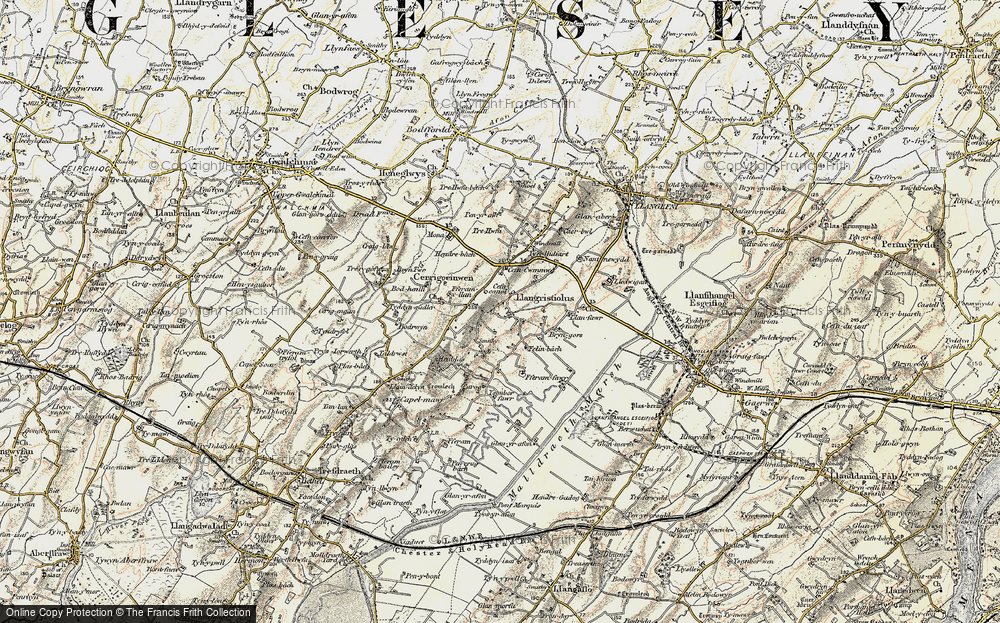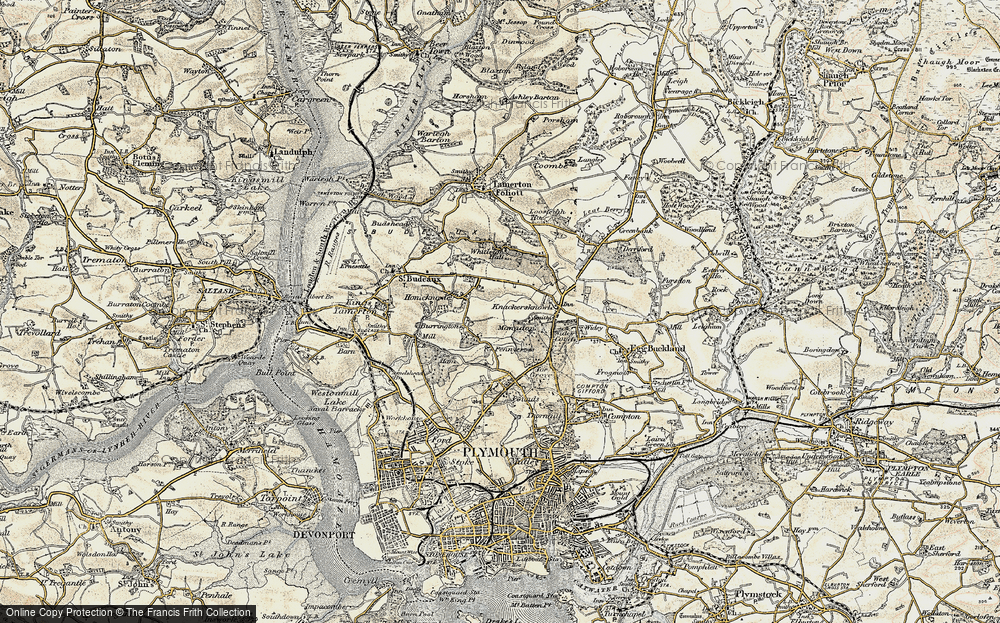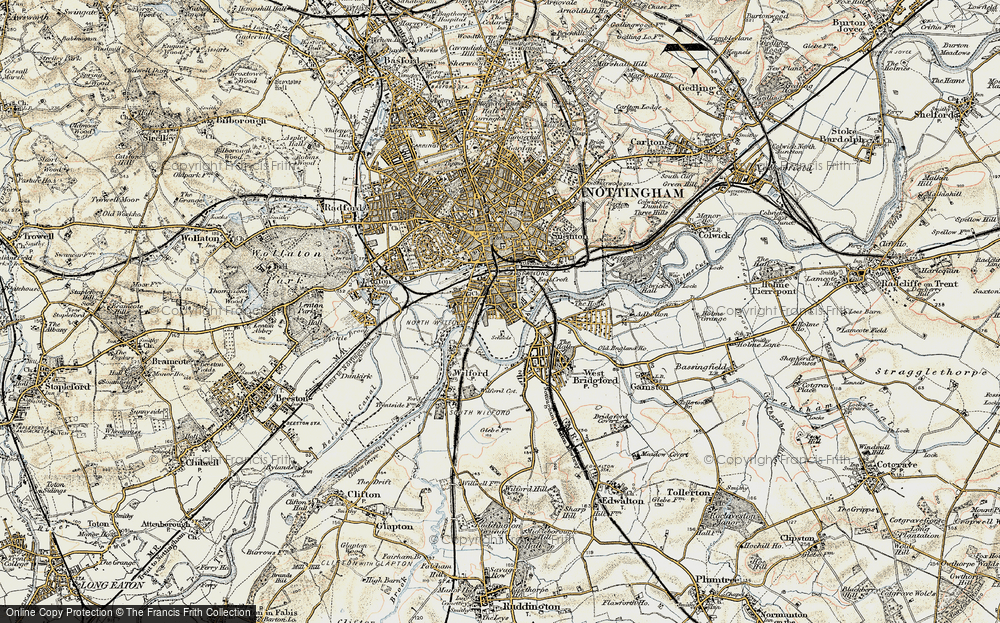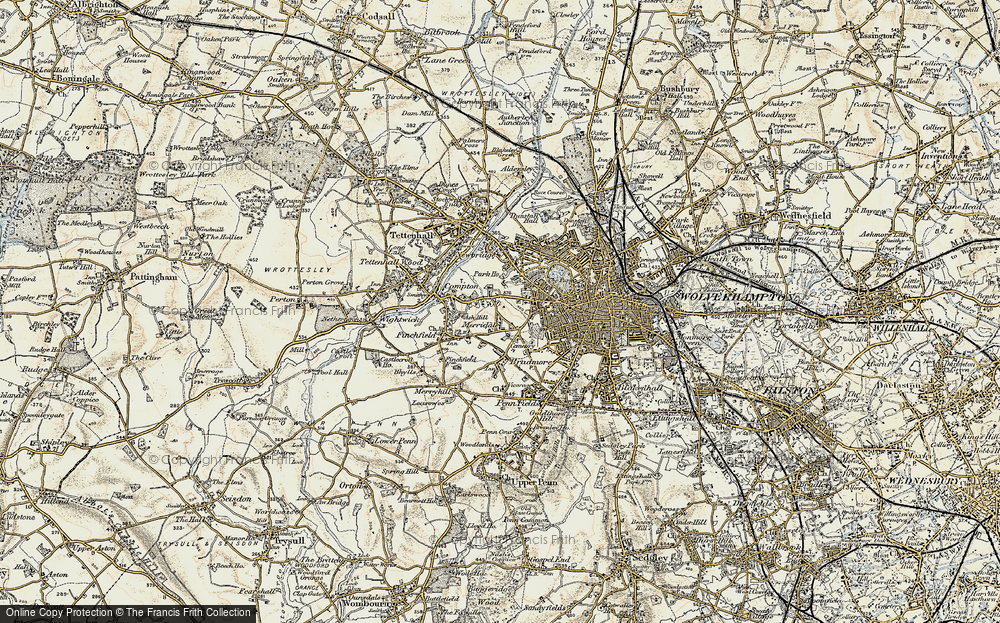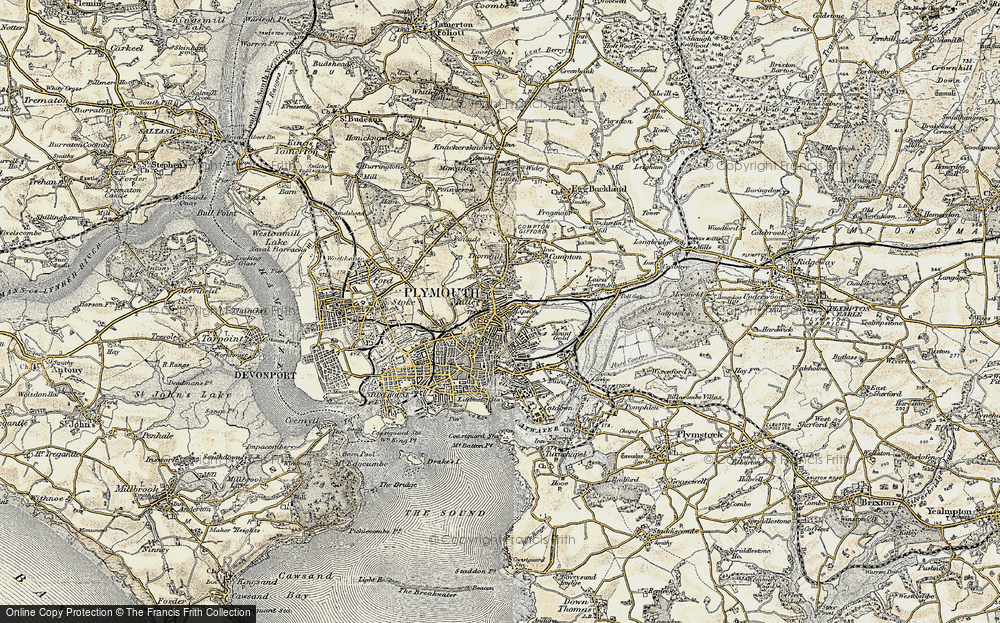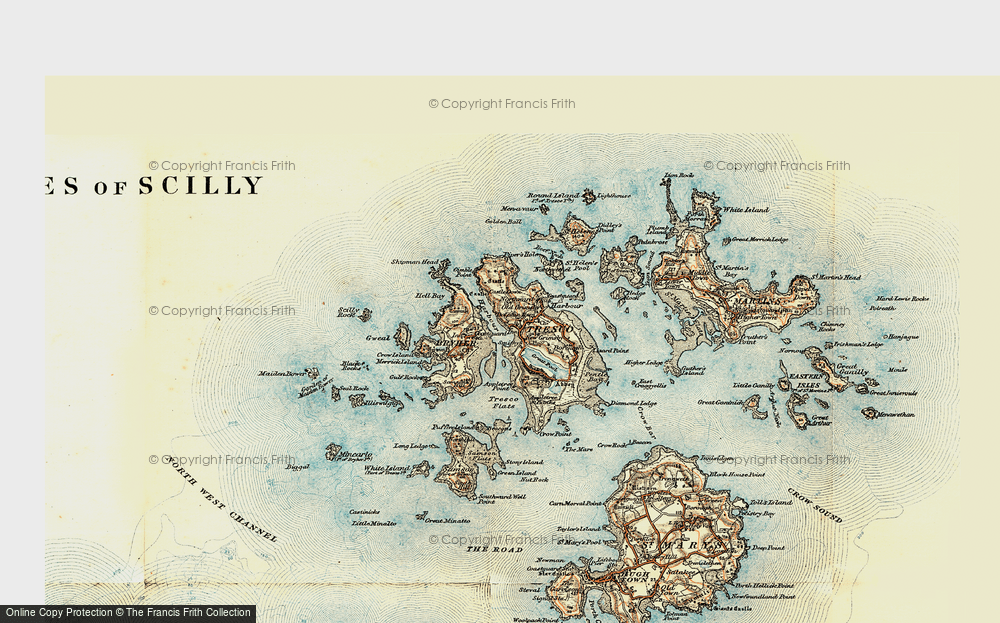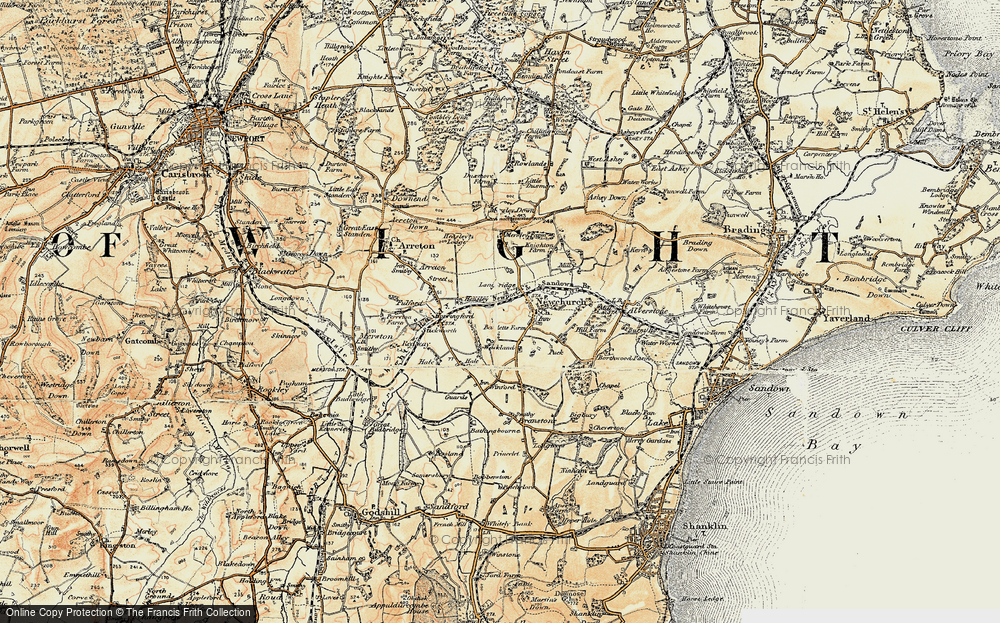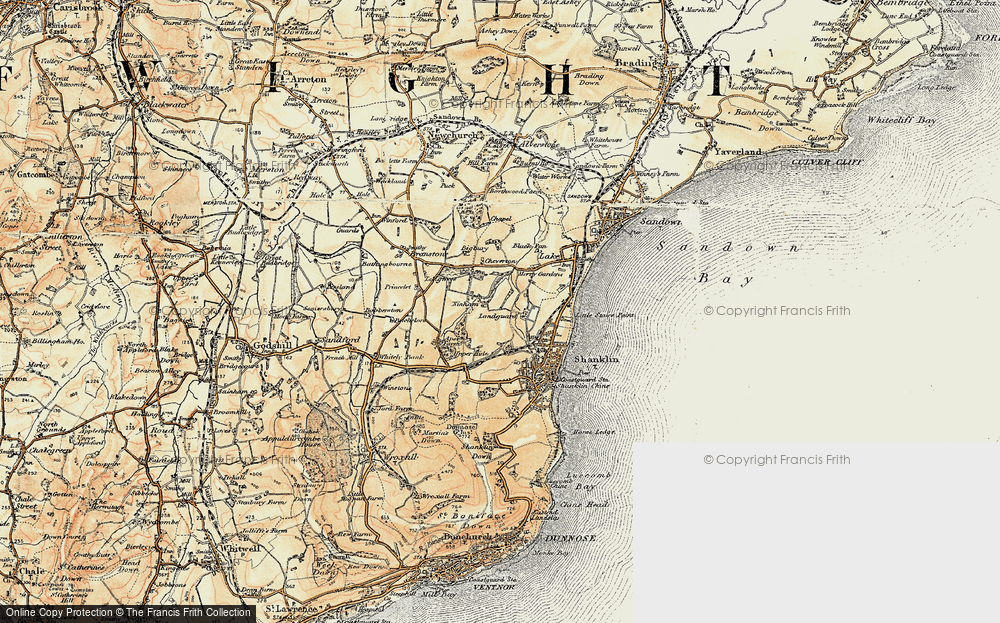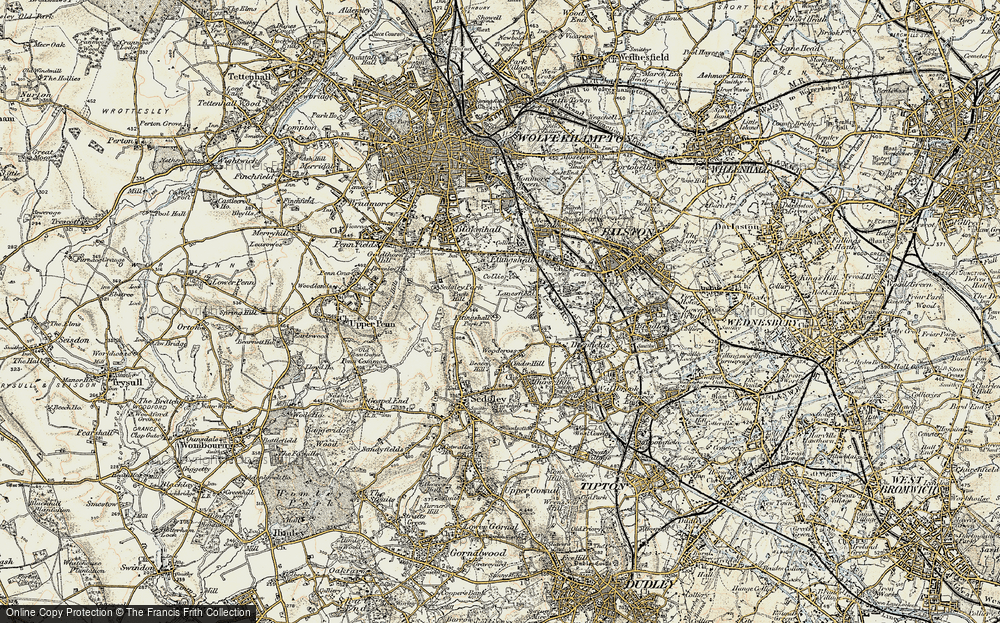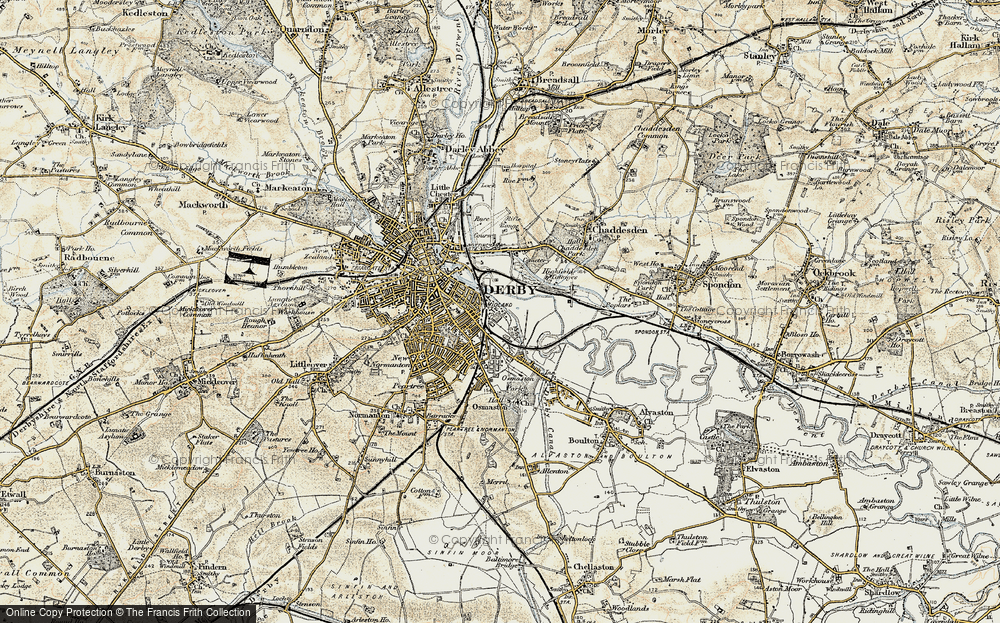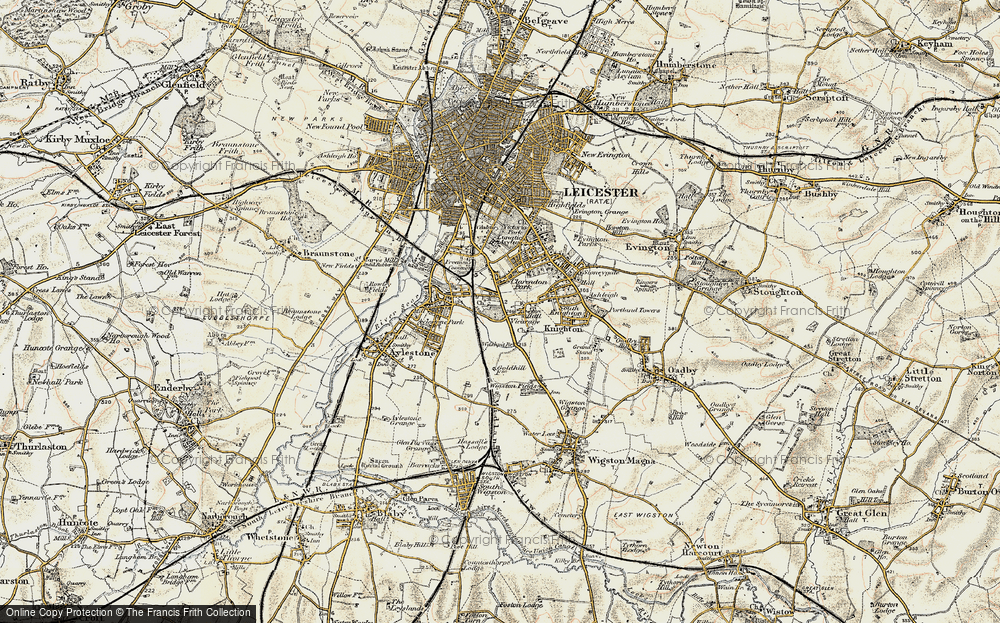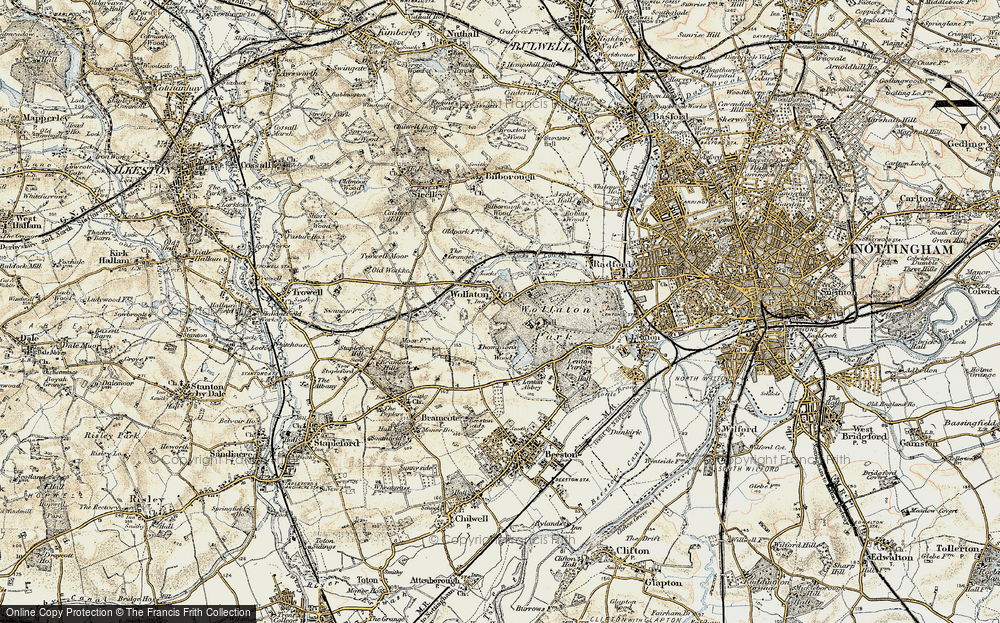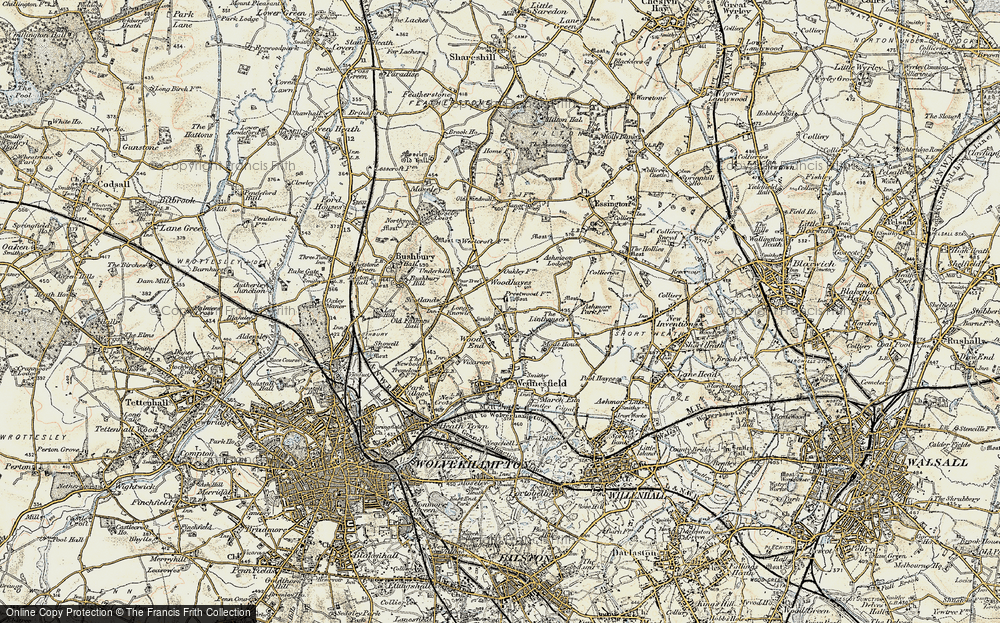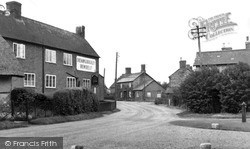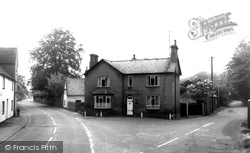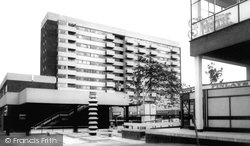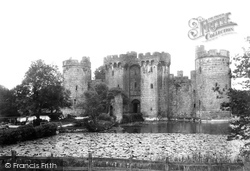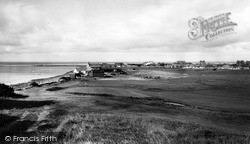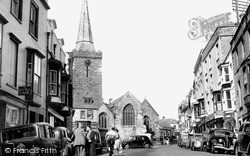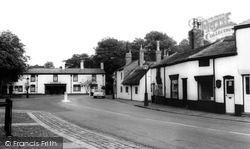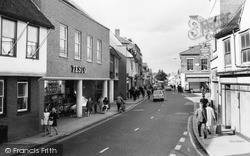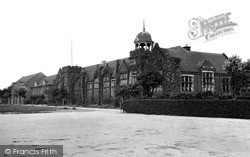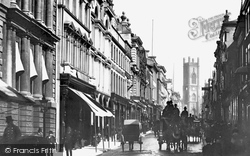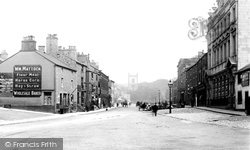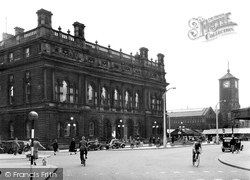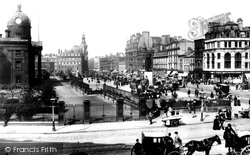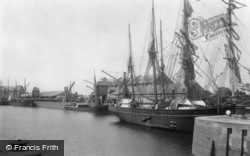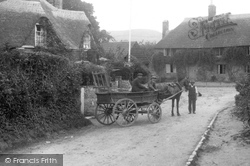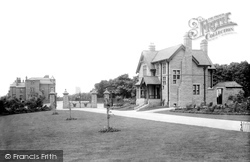Places
36 places found.
Those places high-lighted have photos. All locations may have maps, books and memories.
- Shanklin, Isle of Wight
- Ventnor, Isle of Wight
- Ryde, Isle of Wight
- Cowes, Isle of Wight
- Sandown, Isle of Wight
- Port of Ness, Western Isles
- London, Greater London
- Cambridge, Cambridgeshire
- Dublin, Republic of Ireland
- Killarney, Republic of Ireland
- Douglas, Isle of Man
- Plymouth, Devon
- Newport, Isle of Wight
- Southwold, Suffolk
- Bristol, Avon
- Lowestoft, Suffolk
- Cromer, Norfolk
- Edinburgh, Lothian
- Maldon, Essex
- Clacton-On-Sea, Essex
- Norwich, Norfolk
- Felixstowe, Suffolk
- Hitchin, Hertfordshire
- Stevenage, Hertfordshire
- Colchester, Essex
- Nottingham, Nottinghamshire
- Bedford, Bedfordshire
- Bury St Edmunds, Suffolk
- Aldeburgh, Suffolk
- St Albans, Hertfordshire
- Hunstanton, Norfolk
- Chelmsford, Essex
- Bishop's Stortford, Hertfordshire
- Peterborough, Cambridgeshire
- Brentwood, Essex
- Glengarriff, Republic of Ireland
Photos
11,144 photos found. Showing results 11,721 to 11,144.
Maps
181,031 maps found.
Books
442 books found. Showing results 14,065 to 14,088.
Memories
29,058 memories found. Showing results 5,861 to 5,870.
My Childhood Home And Its Spelling
I do remember that the signpost on the main road pointing towards Bratton had it as 'Bratton Seamore". My first home was Bratton Hill Cottage, since demolished and the land developed. My Father worked ...Read more
A memory of Bratton Seymour by
Cambridge Hospital.
I used to live in Denmark square and I was 11 years of age. My friend Donna Meek lived in the army quarters. We used to adventure out behind the Cambridge hospital, were there was clear signs of bunkers that had been bombed, the ...Read more
A memory of Aldershot by
Corner Shop, Rookwood Avenue/Burlington Road
Does anyone remember the name of the little shop on the corner of Burlington Road and Rookwood Avenue. I lived in Beverley Road in the Fifties/Sixties and was often sent round for ice cream and sweets. I ...Read more
A memory of New Malden by
Bush House Open Air School
I also attended bush house open air school not sure how many years maybe one or two think I left around 1959 - 1961. I think my teacher was Miss Williams - I remember all the teachers names you have mentioned but only ...Read more
A memory of Isleworth by
Francis Frith Murderer Of Eyam
I am astonished that this collection is Francis Frith and I am assuming it is a coincidence that I found it when looking up Francis Frith of Eyam. Francis Frith was a resident of Eyam in Derbsyhire. He and his wife ...Read more
A memory of Eyam by
Ripley's Market
I just browsed a few relatively recent pics of Ripley's Market in Lowfield St. So sad to see it derelict like that when all I have is happy memories. I knew the Ripley family well, they lived in Horns Cross and I went to school with ...Read more
A memory of Dartford by
A Holiday From Glasgow
I went to fornethy residential school twice in my childhood, each time my mum was having a child. 1960 and 1962. I spent 6 weeks each time. I have read thru most of the comments here, and I’m so glad for me ...Read more
A memory of Fornethy Residential School by
Princes Road
I was born in 1953 at 71 Princes Road, in 1955 we moved to 10 Church Road where I lived until 1969 when I left home. I went to Princes Road Boys school where Mr Carr was the Head and some of the teachers were Miss Gardiner, Mrs ...Read more
A memory of Buckhurst Hill by
Great Schooldays!!
I was born in 1943 in Mancot and lived in Shotton. After the eleven plus I arrived at Hawarden Grammar school. The first two years were easy enough but in Form3, I noticed all the boys studied Science and all the girls had to take ...Read more
A memory of Hawarden by
Henrietta Hope Porter
Growing up I had a good friend and neighbour, who I knew as 'Miss Porter'. She inherited her house from her Uncle who (according to her comments to a young boy) used to be a footman to Queen Victoria and was the first owner ...Read more
A memory of Guffogland by
Your search returned a large number of results. Please try to refine your search further.
Captions
29,395 captions found. Showing results 14,065 to 14,088.
The Verneys of Claydon House in Middle Claydon, now a National Trust house, bought Steeple Claydon in 1705 from the Chaloner family, who are commemorated in the village road, Chaloners Hill.
The Apex stands in the fork of the junction between the High Street and Church Street, both of which lead down to old landing stages on the Great Ouse. Today, little has changed.
In the 1190s Rye joined the Cinque Ports federation, a group of Kent and Sussex ports that provided ships for the King's navy in return for enormous privileges.
The centre of Hoddesdon suffered major changes during the 1960s.
Details are difficult to make out in this pre-restoration photograph, but in front of the gateway tower is the ruined barbican, and in front of that is the much overgrown octagonal island, which at one
Construction of Colchester Castle is thought to have started around 1080, and in 1101 it was granted to Eudo the Steward by Henry I.
It is thought that the name Knot came from the sea bird, as there used to be flocks of them here—Knott End assumed the extra 't' only in recent years.
Sixty years after No 24920 was taken, the proliferation of the motor vehicle occupying the kerbs is noticeable.
They lived in a cluster of mud-daubed cottages built of wreck timber close to the walls of the church - hence Church Town.
The south-west side of Ware High Street changed drastically when it was decided to build a new Tesco Store in 1960.
Heysham Tower was built by T J Knowles in about 1837, and it was the home of the Cawthra family.
The small section with the bell tower is the only remaining part of the old Freeston High School; it was built in 1592 with an endowment from John Freeston, who lived at Altofts Hall.
This view shows Peveril Point, eastwards to its lookout and fort (far left), which with a semaphore mounted on Round Down, operated as a Royal Navy signal station during the Napoleonic Wars
Farther downstream from here on the other side of the bridge were the premises of the Wye Fisheries, Stuart House.
We can also see St Luke's Church at the top of the street. This church was designed in 1802 by John Foster Senior.
Situated at the edge of a wild tract of limestone country, the town was generally called Skipton-in-Craven.
The foundation stone was laid on 29 October 1852 by Joseph Fielden, but it was 30 October 1856 before it opened.
The dome of the Infirmary is on the left, and Lewis's tower is in the centre.
High on the hill are the abbey ruins and over to the left, the lovely Norman church of St Mary. The church is reached by a climb of 199 steps that leaves the fittest visitor beathless.
Built south of the town, the new docks were 825 feet long by 450 feet wide and are still busy.
A rustic scene in the centre of the village, southwards along Duck Street, with the Swiss Cottage contributing its flamboyantly flowing thatch (left).
There is a spring in the step of the young soldiers who have just been dropped off at the bus station.
Its plain buildings of dull brown stone reflect its workaday origins. Here in the Market Square Mr Thomas's considerable stock of hardware has spread out into the street.
Notice that the gates are decorated with the town's coat of arms. This part of the park was detached when the modern Queen Victoria Road was built.
Places (6814)
Photos (11144)
Memories (29058)
Books (442)
Maps (181031)


